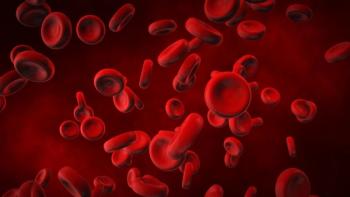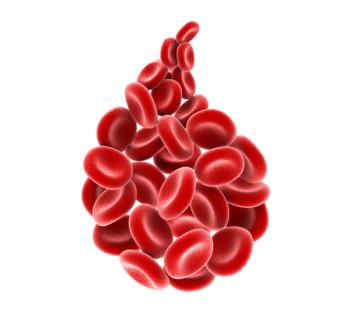
- Oncology Vol 29 No 4_Suppl_1
- Volume 29
- Issue 4_Suppl_1
(P071) Socioeconomic Disparities in Baseline Magnetic Resonance Imaging (MRI) Utilization and Imaging Characteristics for Prostate Cancer (PCa) Patients Undergoing Radiotherapy
In this urban, academic center cohort, PCa patients of lower SES were significantly less likely to undergo staging MRI, particularly in the low-risk group. No differences were found in dominant IPL presence, area, ECE, or SVI, except in the low-risk group. Further investigation is required to better understand trends in pretreatment MRI utilization and dominant IPL characteristics differing by SES.
Ayobami Ajayi, BA, Atu Agawu, BS, Neha Vapiwala, MD, Stefan Both, PhD, Zelig Tochner, MD, Curtiland Deville, MD; Department of Radiation Oncology, Perelman School of Medicine
PURPOSE: To determine whether socioeconomic disparities exist in magnetic resonance imaging (MRI) utilization and imaging characteristics for prostate cancer (PCa) patients undergoing radiotherapy.
METHODS: An institutional database identified 598 nonmetastatic PCa patients treated with proton and/or intensity-modulated radiotherapy from 2005–2013 with pretreatment pelvic MRI (T2-weighted, diffusion-weighted, and/or dynamic contrast-enhanced sequences; 91% with endorectal coil). Dominant intraprostatic lesion (IPL) presence, size, extracapsular extension (ECE), and seminal vesicle invasion (SVI) were reviewed. Patients of higher socioeconomic status (SES) vs low SES (defined as geocoded census tract > 20% below the poverty level) overall and stratified by risk group were compared using Fisher’s exact test for categorical variables and Student’s t-test for continuous variables (P < .05 significant).
RESULTS: In this cohort, 437 were classified as higher-SES (73%) and 161 were classified as low-SES (27%). Mean age (67 ± 8 yr), Gleason score, and clinical stage did not differ significantly for higher-SES vs low-SES patients. Low-SES patients were more likely to be black (71%) than higher-SES patients (16%) (P < .001). Low-SES patients also had significantly higher prostate-specific antigen (PSA) levels (higher-SES: 9.5 ± 21 ng/mL, low-SES: 15.6 ± 22 ng/mL; P < .001) and were more likely to be high-risk (higher-SES: 22% vs low-SES: 34%; P = .006). Higher-SES patients had a greater proportion of low-risk patients (38%) than did low-SES subjects (25%; P = .005). Overall, 457 (76%) patients underwent baseline MRI. Low-SES patients (69%) were less likely than higher-SES patients (79%; P = .01) to undergo MRI. This disparity was greatest for low-risk patients (higher-SES: 84%, low-SES: 56%; P < .001) and not significant for intermediate-risk (77% vs 71%; P = .389) or high-risk patients (77% vs 81%; P = .675). There were no significant differences between SES groups in dominant IPL presence, diameter, area, ECE, or SVI-overall or within intermediate- and high-risk groups. Low-risk, low-SES patients demonstrated larger dominant IPL area (133.5 ± 141 mm2 vs 66.7 ± 58 mm2; P = .017), with no differences in dominant IPL diameter or presence, additional IPLs, ECE, or SVI.
CONCLUSIONS: In this urban, academic center cohort, PCa patients of lower SES were significantly less likely to undergo staging MRI, particularly in the low-risk group. No differences were found in dominant IPL presence, area, ECE, or SVI, except in the low-risk group. Further investigation is required to better understand trends in pretreatment MRI utilization and dominant IPL characteristics differing by SES.
Proceedings of the 97th Annual Meeting of the American Radium Society-
Articles in this issue
Newsletter
Stay up to date on recent advances in the multidisciplinary approach to cancer.

















































































